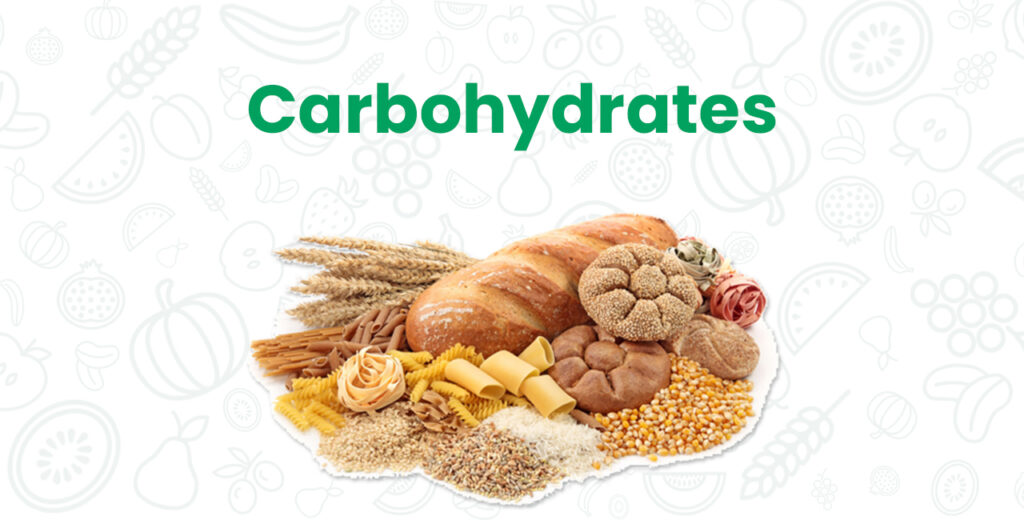For general well-being, it is imperative to maintain a healthy weight. Eating a well-balanced diet and regular exercise can help in achieving a healthy weight. However, it can be challenging to figure out how many Calories to consume and burn. That’s where a Calorie Calculator comes in. In this article, we will discuss why using a calorie calculator is key to achieving your fitness goals.
What is a Calorie Calculator?
A Calorie Calculator is a tool that helps you determine how many calories you should consume and burn daily. It takes into account your age, gender, height, weight, activity level, and fitness goals to calculate the number of calories you need to consume daily to maintain, gain or lose weight.
Why to Use a Calorie Calculator?
Helps in Weight Management:
A calorie calculator is an essential tool in managing your weight. It helps you determine the number of calories you need to consume to maintain your current weight, gain weight or lose weight. By knowing your daily caloric intake, you can make better decisions about your food choices.
Offers Personalised Results:
A Calorie Calculator provides personalised results based on your age, gender, height, weight, and activity level. This information ensures that the results are tailored to your specific needs. Personalised results can help in achieving your fitness goals faster.
Tracks Your Progress:
A calorie calculator helps you track your progress over time. You can enter your weight, food intake, and exercise routine daily to see how your progress is going. It can help you identify any areas where you may need to make adjustments to achieve your fitness goals.
Promotes a Balanced Diet:
Using a calorie calculator can promote a balanced diet. It helps you understand the number of calories you need to consume daily to maintain, gain or lose weight. You can then make better decisions about your food choices and ensure that you are getting all the nutrients your body needs.
How to Use a Calorie Calculator?
Using a calorie calculator is simple. Follow these steps to get started:
Step 1: Determine your Basal Metabolic Rate (BMR):
The first step is to determine your Basal Metabolic Rate (BMR). Your body consumes calories while at rest to maintain your survival, which is known as your BMR. It is essential to know your BMR as it forms the foundation of your daily caloric needs.
Step 2: Determine Your Daily Caloric Needs:
Once you have calculated your BMR, you can determine your daily caloric needs. Your daily caloric needs depend on your activity level, age, gender, and weight goals. Use a calorie calculator to get a personalised result.
Step 3: Track Your Progress:
Use a calorie tracker to track your progress. You can enter your daily food intake and exercise routine to see how you are progressing towards your goals.
Step 4: Adjust Your Caloric Intake:
You might need to change how many calories you consume if you are not getting the results you want. If you want to lose weight, reduce your daily caloric intake by 500 calories per day. If you want to gain weight, increase your daily caloric intake by 500 calories per day.
A calorie calculator is an essential tool in achieving your fitness goals. It helps you determine the number of calories you need to consume and burn daily. By using a calorie calculator, you can track your progress over time and make adjustments to your caloric intake to achieve your desired weight goals. Remember, a calorie calculator is just a tool; it is up to you to make the necessary changes to your diet and exercise routine to achieve your fitness goals
Worried about your health? We have an amazing Mobile App for you named Pakistani Food Calories. In this App you can check Calories in Pakistani Food. Interest? Get it now free from Google Play Store.







